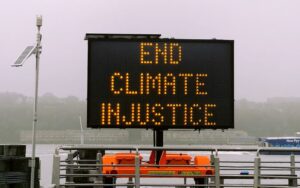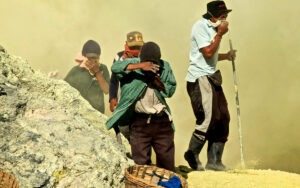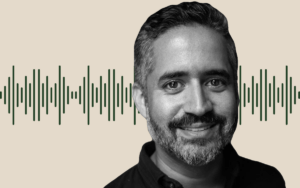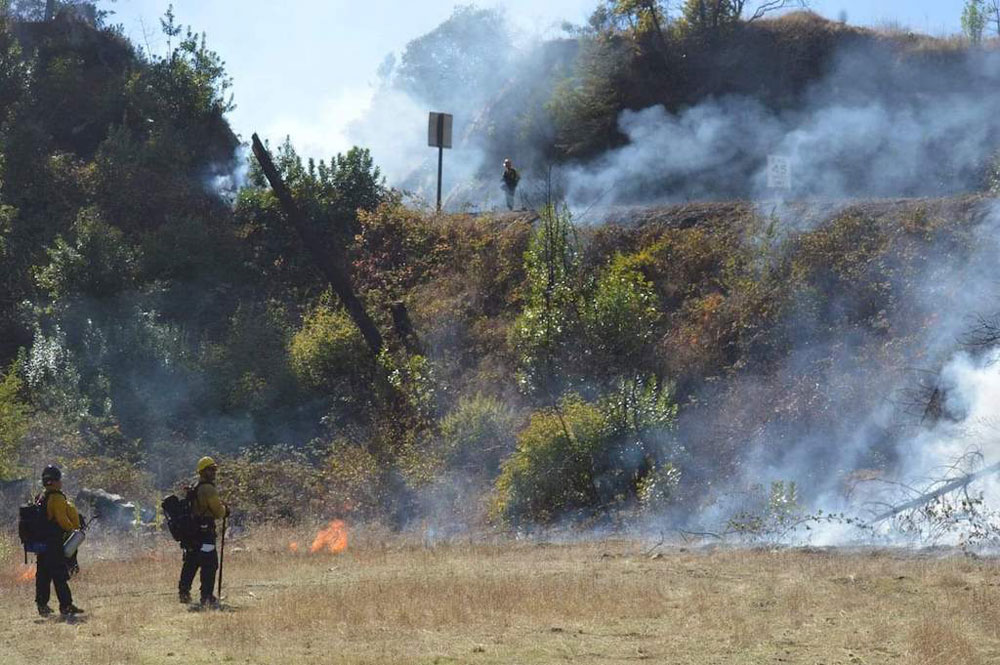
This article is the second in a series of articles published by NPQ, in partnership with the First Nations Development Institute (First Nations), that lift up Native American voices to highlight issues concerning environmental justice in Indian Country and identify ways that philanthropy might more effectively support this work.
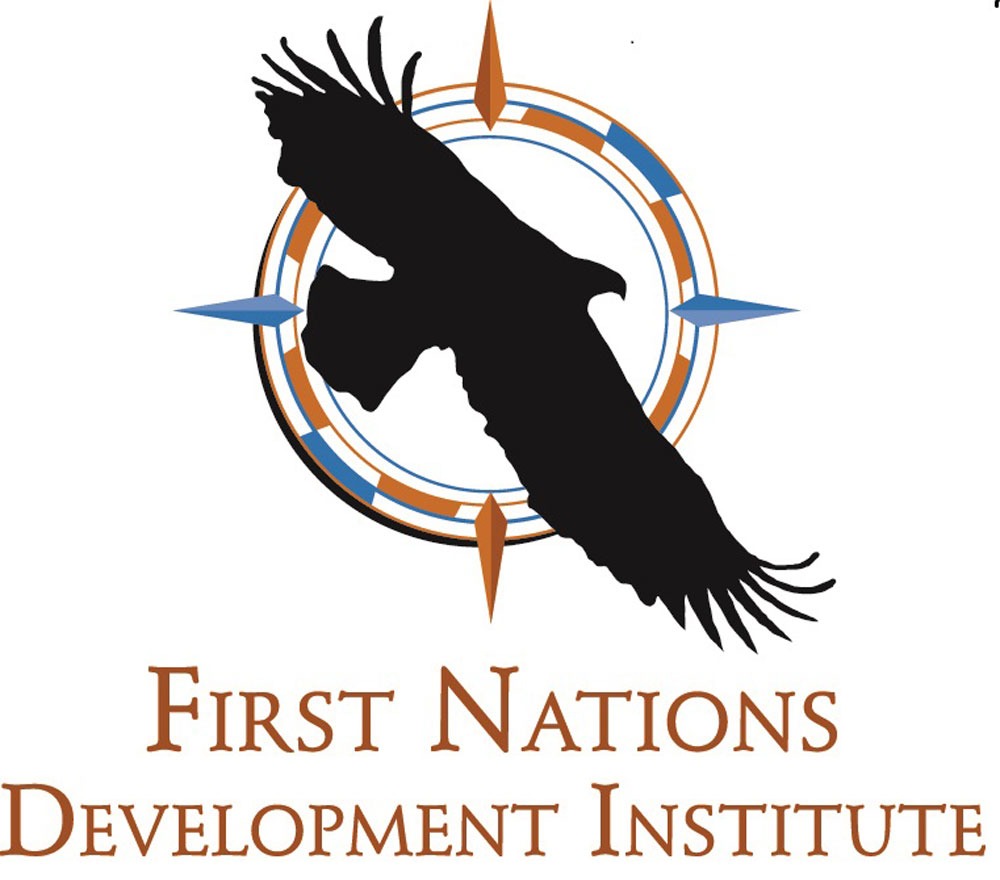
As climate change-related mass fires, such as the recent wildfires that engulfed Australia and California, illustrate, it is critical that communities learn to respect indigenous knowledge in fire ecology practice.
Fire, a primary element just as important to the natural cycle as water, has historically been vilified as a purely destructive force in Western science and society for its seemingly uncontrollable nature. This mischaracterization is similar to the early Western views of indigenous people, and it exposes a critical gap in Western understanding of fire ecology.
While professional researchers increasingly have come to understand the essential productive role that fire plays in our natural system, there remains a lot to be learned from the indigenous worldview and experience with fire ecology and forest management.
Conceptual Differences in Approaching Fire and Other Natural Processes
For many tribal nations, fire has been and continues to be an important tool for land management. The utilization of fire as a tool rather than as a threat to life comes from a distinctly different conceptual understanding of the roles that humans have in their ecosystems. Where Western societies sought to conquer, dominate, and reap the bounty of the earth for all it had, indigenous cultures observed and sought to aid in maintaining the ecosystem’s resources, so that it would be sustainable and usable for future generations.
Early Western Interactions with Fire and Indigenous Stewardship Practices
Fire is both primal and necessary to a healthy ecology, due to its destructive and regenerative properties. This was a concept acknowledged by many observant indigenous cultures. Whether Western society chose to recognize it or not, fire was and continues to be necessary to sustain human life and the biomes we exist in.
During the period of settler colonization of the United States, many immigrant journals and early newspapers noted indigenous fire-use practices. Colonizers, for example, made notice of the practices of controlled seasonal burns of the Blackfeet Indians, who were named as such by the colonizers because they had black moccasins from walking on newly burned prairie. Others noted in newspapers that both American Indians and their manipulation of fire were a danger to society and needed to be eliminated.
Settlers coming to “the West” after the California Gold Rush unknowingly called attention to the results of successful indigenous fire-practices: healthy forests, grasses, and managed landscape, abundant and prosperous—though what was observed was generally chalked up to “divine intervention.”
Far from divine intervention, indigenous land managers continued to practice fire-based ecological stewardship up until the turn of twentieth century.
What Indigenous Peoples Know about Fire—and What We All Need to Know
Indigenous researchers of the past operated with a deep understanding of what today are acknowledged to be evidence-based practices for ecological sustainability. Indigenous cultures were full of people who were astute researchers and careful students of the ecological norms of their region. This included studies of disruptive forces such as fire, and how the landscape responded and changed over generations. This type of scientific and multi-generational knowledge was necessary to survive.
Through oral and written histories, many indigenous societies amassed a wealth of knowledge, ranging from macro-ecological paradigms to individual micro-ecological processes. Examples of this type of knowledge could include macro- and mezzo-level understanding of changing landscapes, indicators of changes in seasons, ambient indicators of weather, macro- and mezzo-wind and meteorological patterns, processes and reactions of flora, animal and insect behavior, and again, the understanding of the role and need for disruptive forces and events such as fire.
By utilizing their skills of observation, testing, and practice, many indigenous cultures developed low-risk management practices to achieve the same effect as wildfire, but that minimized the length of disruption to ecosystems that provided necessary resources.
One such method utilized by indigenous societies in many different regions involved controlled limited burning of forest, meadow, and prairie underbrush. Indigenous people became stewards of the land they inhabited because they observed how the health of the physical regional resources impacted all facets of culture; the food chain would be impacted by livable habitat. Available natural resources dictated economic practices and trade; there was also a psychosocial benefit of both participating in an intergenerational practice that advanced social cohesion, connected present-day generations to their ancestors, and created a space for the next generations to live in.
Low-intensity burning of underbrush was observed by these indigenous societies to be beneficial by controlling dangerous pests like ticks, encouraging healthier beneficial brush crops like huckleberries, aiding in healthier crops of culturally significant plants such as basket-making material, and encouraging young shoots of grass to grow to help the animals find food close enough for human hunters to sustain communities. Soil health, the ability of soil to hold water, and nutrients are fundamental to a vital ecosystem.
Western Science Belatedly Validates Indigenous Fire Ecology Knowledge
Initial explorers and immigrants who settled indigenous land did not understand the complex interconnected landscape. For a long time, Western society chose to remain ignorant of the issues associated with otherwise unsustainable short-term ecologic practices, policies, and actions—like suppressing naturally occurring fires. This mentality and the Western practice of fire suppression have contributed to human-accelerated climate change that threatens modern standards of life.
Only with the development of recent rigorous and longitudinal climate studies has Western understanding of ecology and cycles grown to acknowledge that fire-based ecological practices, developed long ago by indigenous practitioners, were perpetuating healthy cycles.
Sign up for our free newsletters
Subscribe to NPQ's newsletters to have our top stories delivered directly to your inbox.
By signing up, you agree to our privacy policy and terms of use, and to receive messages from NPQ and our partners.
Today, land management utilizing fire as a tool, reminiscent of indigenous practices, is commonly incorporated into federal and state disaster mitigation planning. Belatedly, these fire ecology practices are being seen by these agencies as part of the solution to help prevent overwhelming destruction of natural and human resources.
Land managers, planners, and others now look toward such practices to design far-ranging solutions to help with areas devastated by wildland fires in the rural-urban interface. Of course, throughout the Western world, a form of ecological catch-up is being played. The failure to properly manage fire in Western society for the past century or more means that fire ecology efforts must deal with the legacy of a century of fire ecology mismanagement, a challenge that has been greatly exacerbated by climate change. Today’s mass wildfires are a legacy of this gross fire ecology mismanagement.
Challenges to Indigenous Cultural Burning Today
These days, there is widespread scientific acknowledgement that indigenous fire ecology practices are both appropriate and environmentally necessary. As environmental historian Bill Gammage, an emeritus professor at the Australian National University in Canberra, told the New York Times recently, “Our firefighters have quite good skills in fighting fires. But for preventing them, they are well short of what Aboriginal people could do.”
Even so, the ability of indigenous communities to manage fire using their cultural land management principles has been compromised by the modern-day patchwork ownership of lands. While many tribal nations remain in their homelands, most ancestral indigenous lands are now controlled by federal, state, private, and other landowners that cut off headwaters, forest units, and connected ecosystems that make it difficult to maintain a healthy balanced landscape.
The patchwork of jurisdictions is common globally, because in so many places indigenous people lack title, access, or rights to ancestral homelands. This theme is even more common when looking at areas of resource extraction. Where precious minerals are found with global value, indigenous people are often marginalized, dispossessed, and removed from that landscape. What too many people remain unaware of is that indigenous people retain cultural and religious ties to lands of their ancestors, regardless of ownership.
Some sacred spaces and landscapes are today co-managed by indigenous people and government landowners. Partnerships and agreements can be formal, informal, dependent on political appointees, or take other forms.
For example, the Karuk Tribe in Northern California works with neighboring federal land owners to manage its ancestral lands and help community members with forest products for basketry. The Nature Conservancy is working with Karuk and other tribal nations to address threats to terrestrial ecosystems.
While some partnerships are advancing the knowledge base and including community members in prevention training, it is a learning experience. Many different disciplines are now working with indigenous communities to gain knowledge on both sides for better outcomes.
Fire Ecology Today and Beyond
Today, fire archaeologists often go out with fire crews to help protect and advise wildland firefighter teams on the practice and evidence of ancient fire burning methodologies employed for hundreds of generations by humans. Increasingly, these fire teams have qualified indigenous experts as part of the team, and include many specialized all-indigenous teams.
As climate change becomes a looming threat across the globe, indigenous communities in the US are heavily advocating for widespread adoption of their ancient techniques that have sustained their populations for millennia.
Every tribal nation is connected to their landscape and has been monitoring and watching the changes inflicted upon them since colonization. Through indigenous stories, oral histories, and documentation, direct impacts of intergenerational macro-ecosystem patterns can be tracked.
Most tribal nations have traditional cultural practitioners who know “the last time the birds flew so thick that the sun would be blocked out for an extended period of time. When the fish were so plentiful, it seemed you could walk on their backs across the river and never get wet. When the water was so clean and pure that it was sweet, full of the beautiful songs that were sung to bless the families who sought out its necessary and healing powers,” so to speak.
The biodiversity that surrounds us today is not all from the past. Today, there are indigenous communities, individual indigenous people, and allies working with Native-led groups that are working toward a resilient sustainable future. Without much fanfare, work is being put into buffer zones, which are managed to not choke out life between urban and rural interfaces. Mixed land uses intended to breakup fuel, incorporating pollinators, migrating large animals, and large open spaces are becoming common to revive natural resources.
For example, as the New York Times reported in January 2020, “Over the past decade, fire-prevention programs, mainly on Aboriginal lands in northern Australia, have cut destructive wildfires in half.” In the wake of Australia’s mass wildfires, these efforts are likely to be significantly expanded.
The environmental and social justice issues surrounding intentional fires in the Amazon, Borneo, and Madagascar are great. Even today, clearing and the displacement of indigenous people continues apace in a complicated pattern of capitalist hegemony and resource-extractive policies.
Concluding Thoughts
There is much more to be done to uncover the intersections of conservation, disaster mitigation, and research. One strategy is to contact a tribal nation near you and reach out directly to support tribal nations that are managing and continuing ancient evidence-based best practices known to sustain healthy ecosystems. Many have Tribal Historic Preservation Offices (THPOs) that you can reach out to, which work on organizing cultural practitioners of burning and may have qualified staff that deploy to fire assignments.
As the mass fires that we have seen in recent years in such disparate regions of the globe as California, the Amazon, Siberia, and Australia remind us, we have little time to lose.




